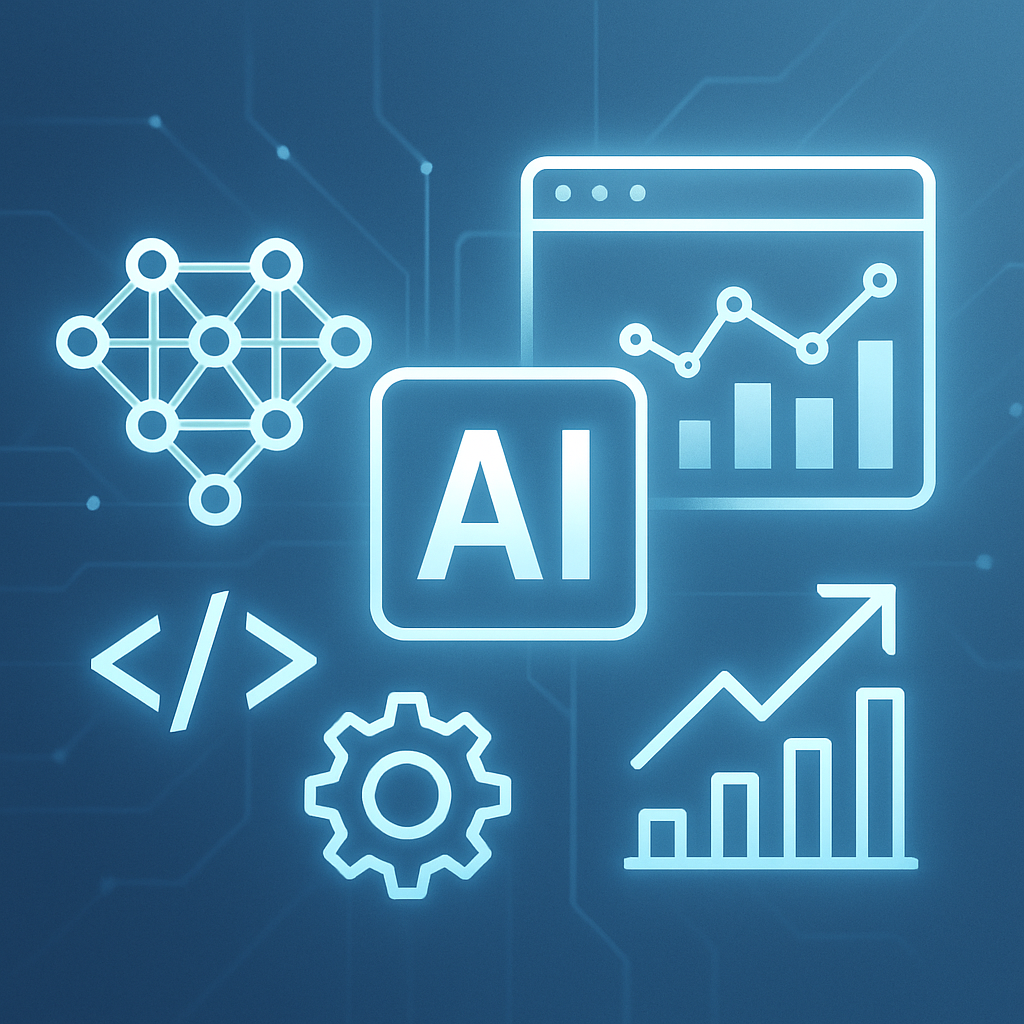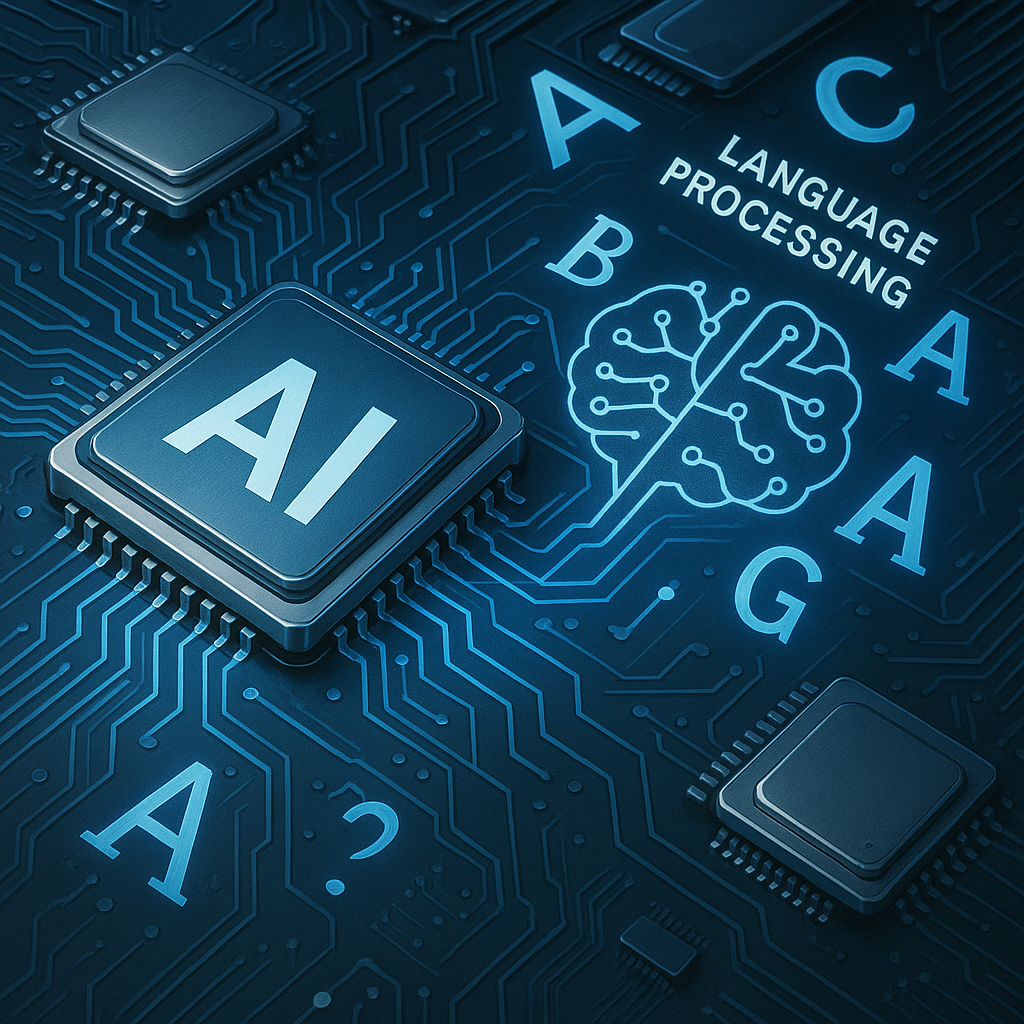
How AI is Revolutionizing Computer Architecture for Next-Gen Performance
Category: AI Development
Introduction: Bridging AI and Computer Architecture
Artificial intelligence, often referred to as AI, is no longer only a software phenomenon. By 2025, the fusion of AI capabilities directly into computer architecture is shaping a new era of processing power and efficiency. These advances unlock unprecedented performance levels in diverse applications, ranging from natural language processing in English to complex computations in science and business.
AI in English and the Demand for Specialized Hardware
Natural language processing (NLP) systems that operate primarily in English—often referred to as AI in English—are among the most computationally demanding forms of AI. They require models capable of understanding context, syntax, semantics, and nuance. Traditional general-purpose processors often struggle to handle this workload efficiently that AI models demand for real-time interaction.
This has led to a surge in designing AI computers that specialize in accelerating language-based AI tasks. Architectures optimized for parallelism, low latency, and high throughput are key.
Case Study: Transformer Model Acceleration
Transformer models, which underpin many English NLP systems, benefit greatly from architectures designed for matrix multiplication and attention mechanisms. AI-focused chips embed tensor cores and dedicated memory pathways to dramatically reduce latency in English AI applications without compromising energy efficiency. An example is modern AI chips embedding sparse data handling directly into silicon.
Revolutionary Architectural Trends Fueled by AI
Modern computer architecture infused with AI principles falls into several key trends:
- Neuromorphic Computing: Mimicking the structure of neural networks in hardware to perform AI tasks intrinsically. Neuromorphic chips reduce the distance data must travel, cutting latency and energy usage.
- In-Memory Computing: Reducing the separation between memory and processing units so operations occur where the data lives. This accelerates AI algorithms particularly for large language models, where data shuttling traditionally bottlenecks processing speed.
- Co-design of AI Models and Hardware: Simultaneous development of AI software and its hardware execution environment allows tailoring architectures specifically for AI workloads prevalent in English.
Practical Innovations Shaping AI-Driven Architecture
Custom AI Accelerators
Leading tech companies and startups are developing custom AI accelerators that efficiently handle AI model inferencing and training, particularly for language tasks. These accelerators integrate CPUs with AI-optimized cores, balancing flexibility and performance.
Programmable AI Hardware
Field Programmable Gate Arrays (FPGAs) and other reconfigurable chips enable adaptability for rapidly evolving AI models and algorithms in English NLP. They allow real-time updating of architecture pipelines without replacing hardware.
Quantum Computing Prospects
While still emerging, quantum computing is being studied for future AI acceleration, including optimization problems within English AI. Quantum algorithms could drastically reduce certain AI computations, but integration into practical computer architectures remains an active research frontier in 2025.
Impact on Industries and Future Applications
The intertwining of AI and computer architecture is already impacting multiple sectors:
- Healthcare: AI computers speed up medical data analysis with natural language capabilities, enhancing diagnostics.
- Finance: Ultra-fast AI inference enables real-time risk assessment and adaptive trading models.
- Education: Next-gen AI-powered tutoring systems provide nuanced English language understanding for personalized learning.
- Creative Industries: Real-time AI tools assist writers, journalists, and content creators by processing large English corpora with unprecedented speed.
Looking Forward: The Horizon of AI and Computer Architecture
The line between AI software and hardware continues to blur. Future computer architecture will leverage AI algorithms at the silicon level, enabling self-optimizing systems that adapt dynamically to workload requirements. Innovations such as AI-driven hardware design automation will accelerate the development of next-gen processors tailored for specific AI tasks, especially those involving English language processing.
Global cooperation in hardware open standards and accelerated AI integration promise to democratize access to these technologies, paving the way for broader adoption and innovation beyond tech centers.
Conclusion: A New Paradigm Powered by AI Computer Architecture
By 2025, the revolution of AI in English and AI computers is driving a new frontier in computer architecture. This synergy enhances not only performance but also energy efficiency, scalability, and versatility for complex AI workloads. As the boundaries between hardware and software dissolve, the future is marked by intelligent, adaptive machines that redefine computational capabilities across industries and applications.
Related Articles
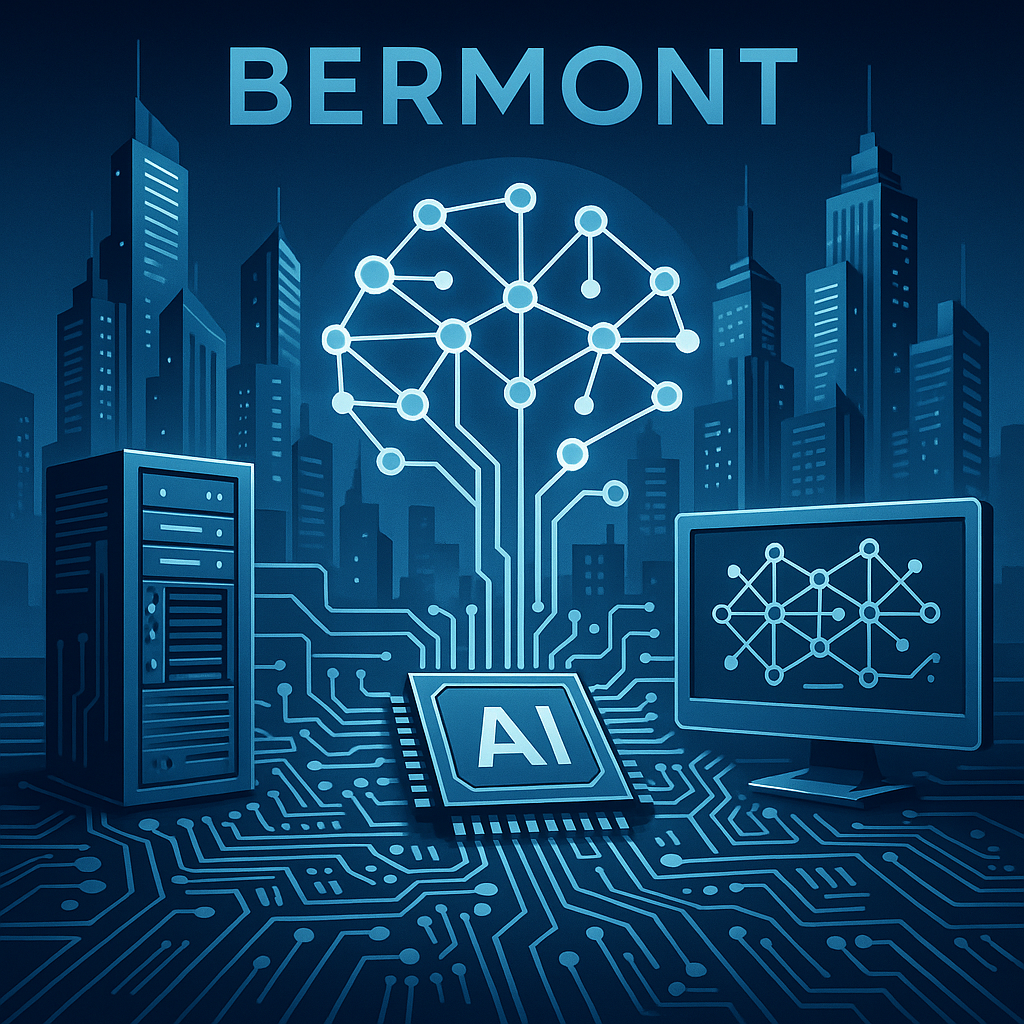
Bermont Digital’s Practical Approach to AI for E-Commerce in 2025
Bermont is emerging as a beacon of AI innovation, fueling advances in computer science and artificia...

Integrating AI in WordPress: Choosing the Best Languages for Intelligent Websites
Explore how WordPress web development is evolving with AI integration. This post unveils the best pr...
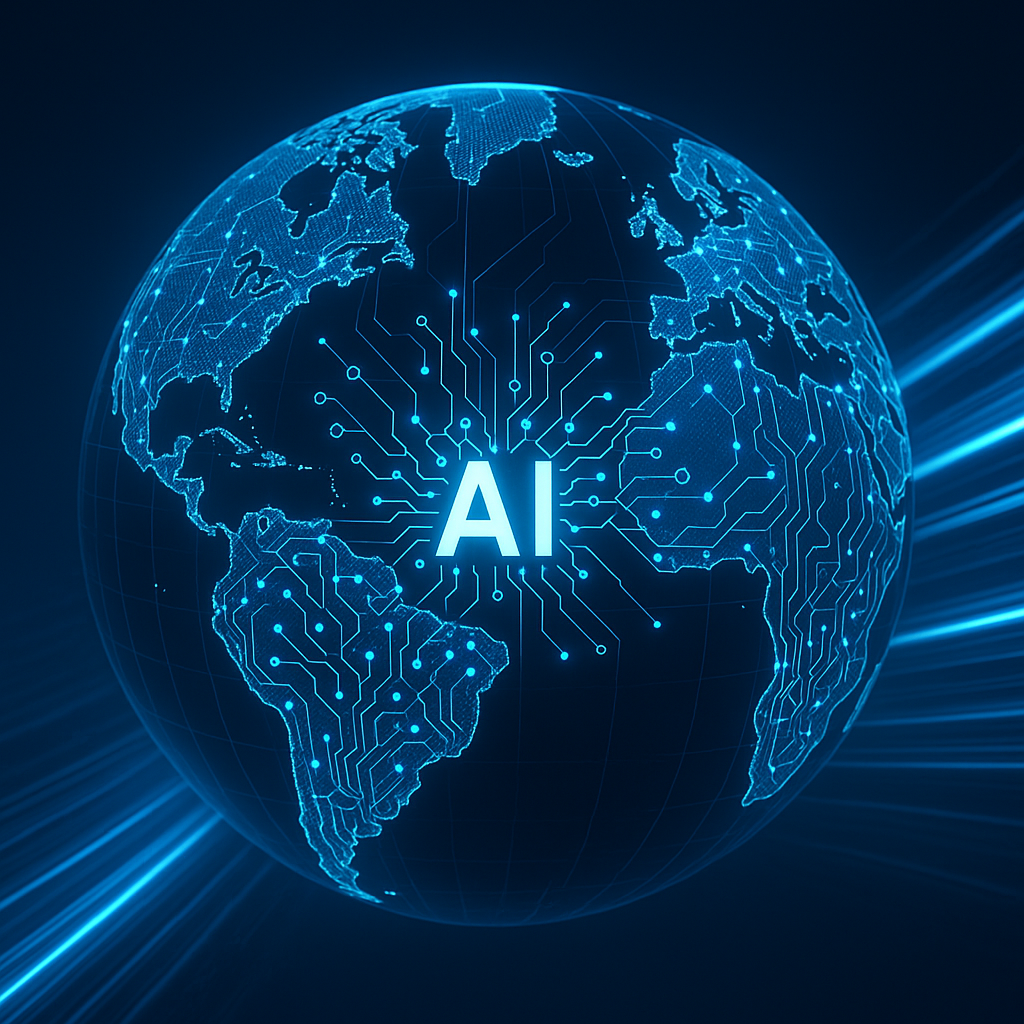
Navigating AI’s Future: Leaders Defining the Best in AI Technology
Explore how premier AI development companies are steering the evolution of artificial intelligence....
Recent Posts
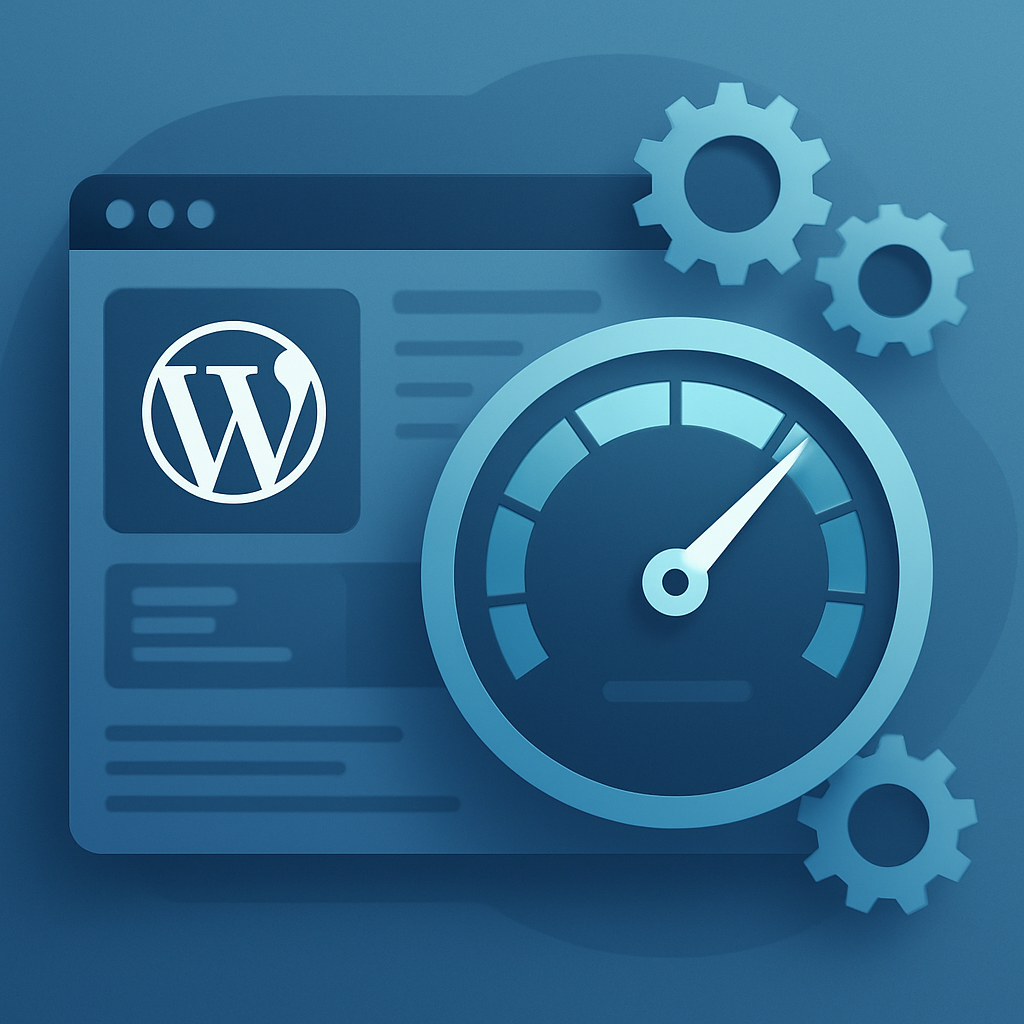
Maximizing Website Performance: Cutting-Edge WordPress Optimization in 2025
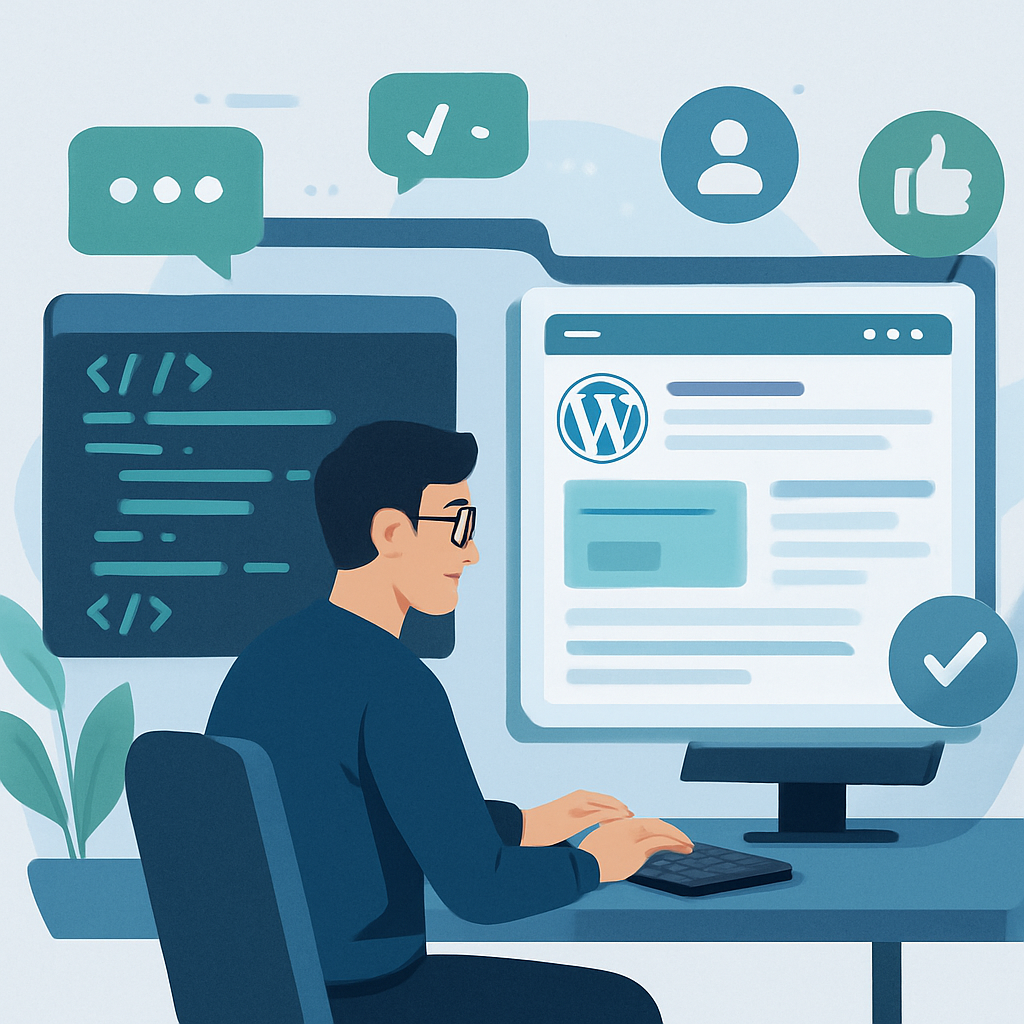
Boosting Customer Engagement Through Custom Software and WordPress

How Custom Software Development is Revolutionizing Online E-Commerce Business Success

Mastering Seamless Integration: Advanced Coding in Digital Ecommerce
